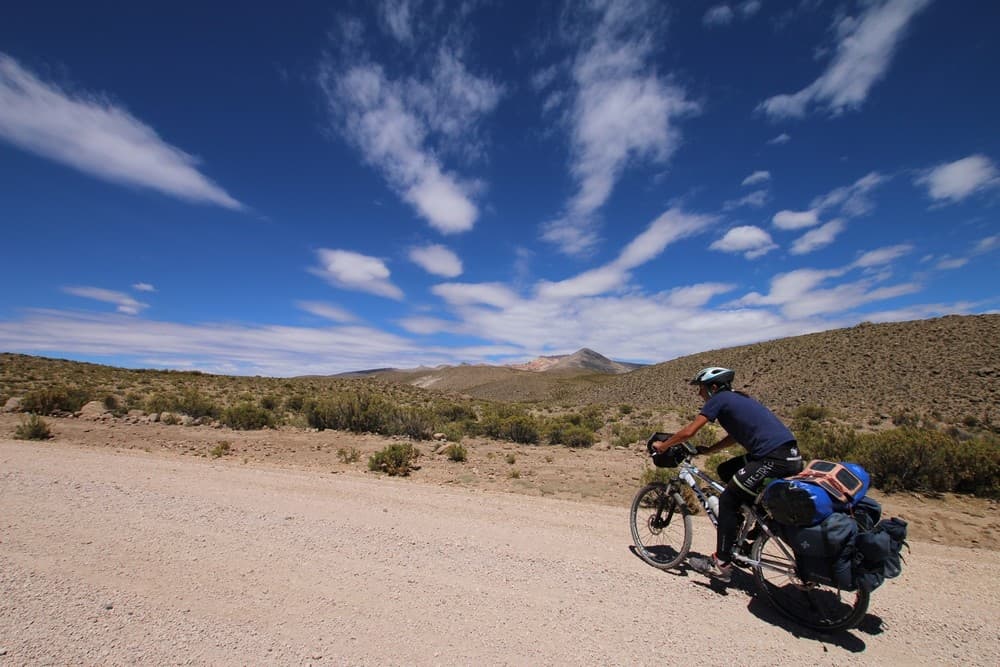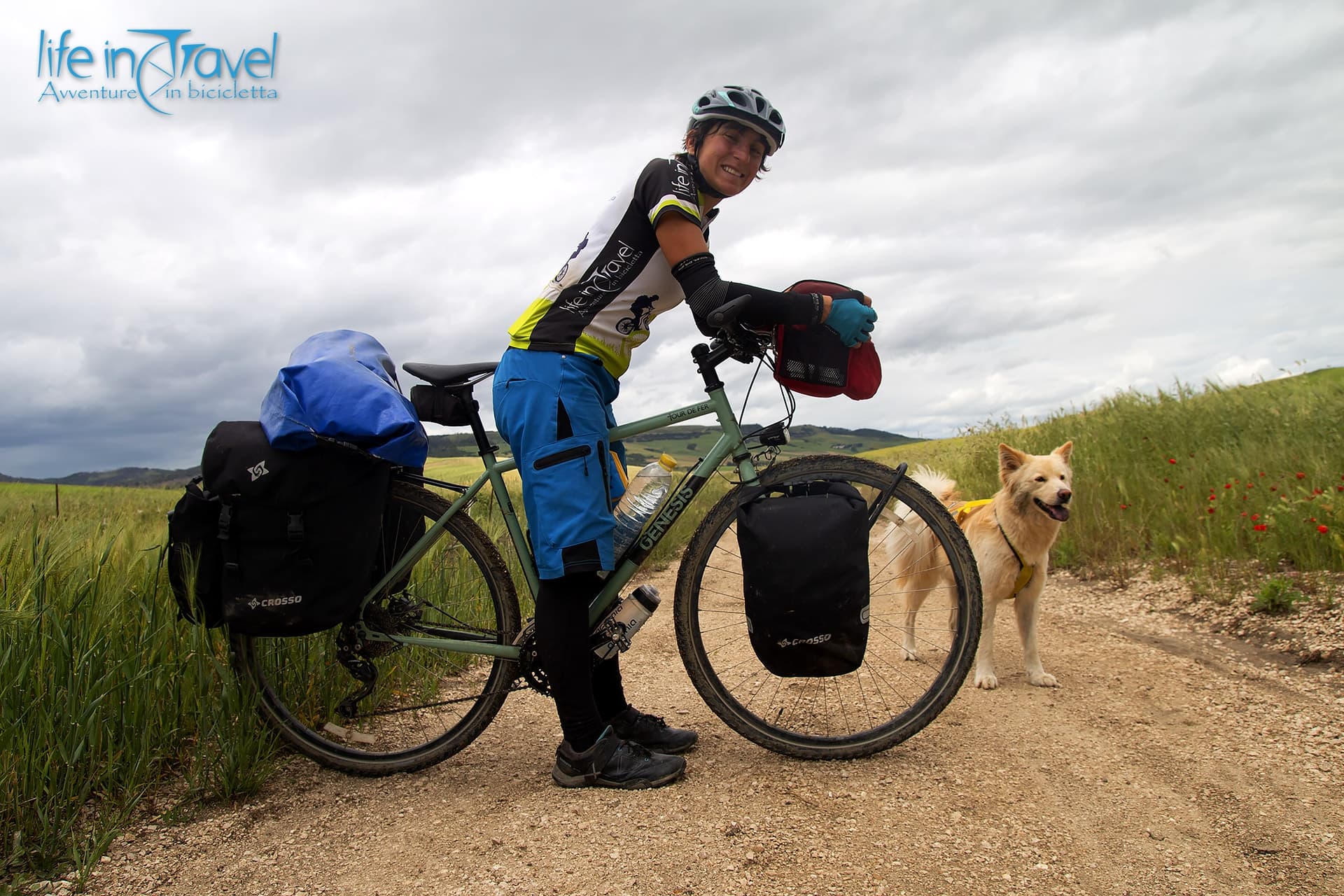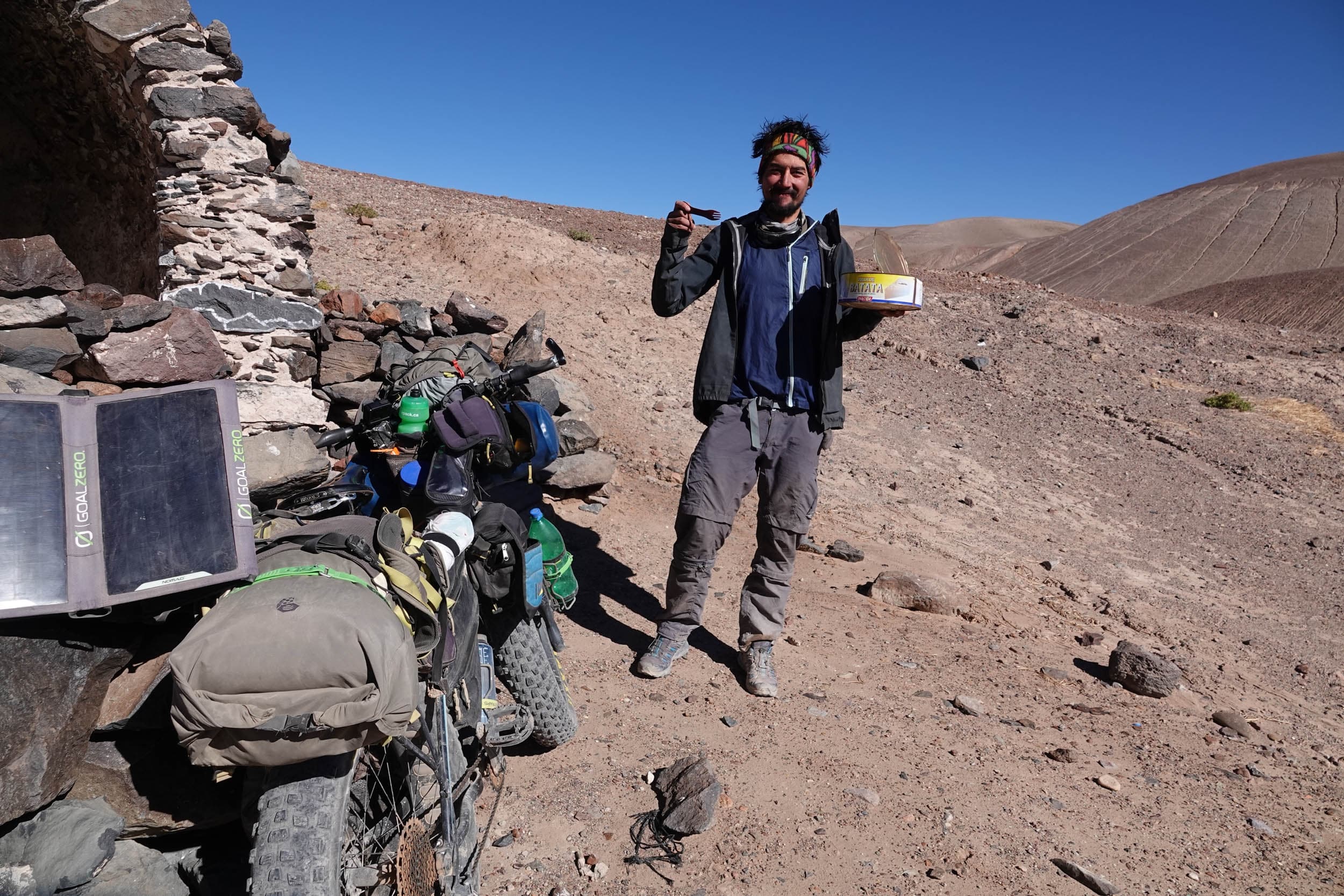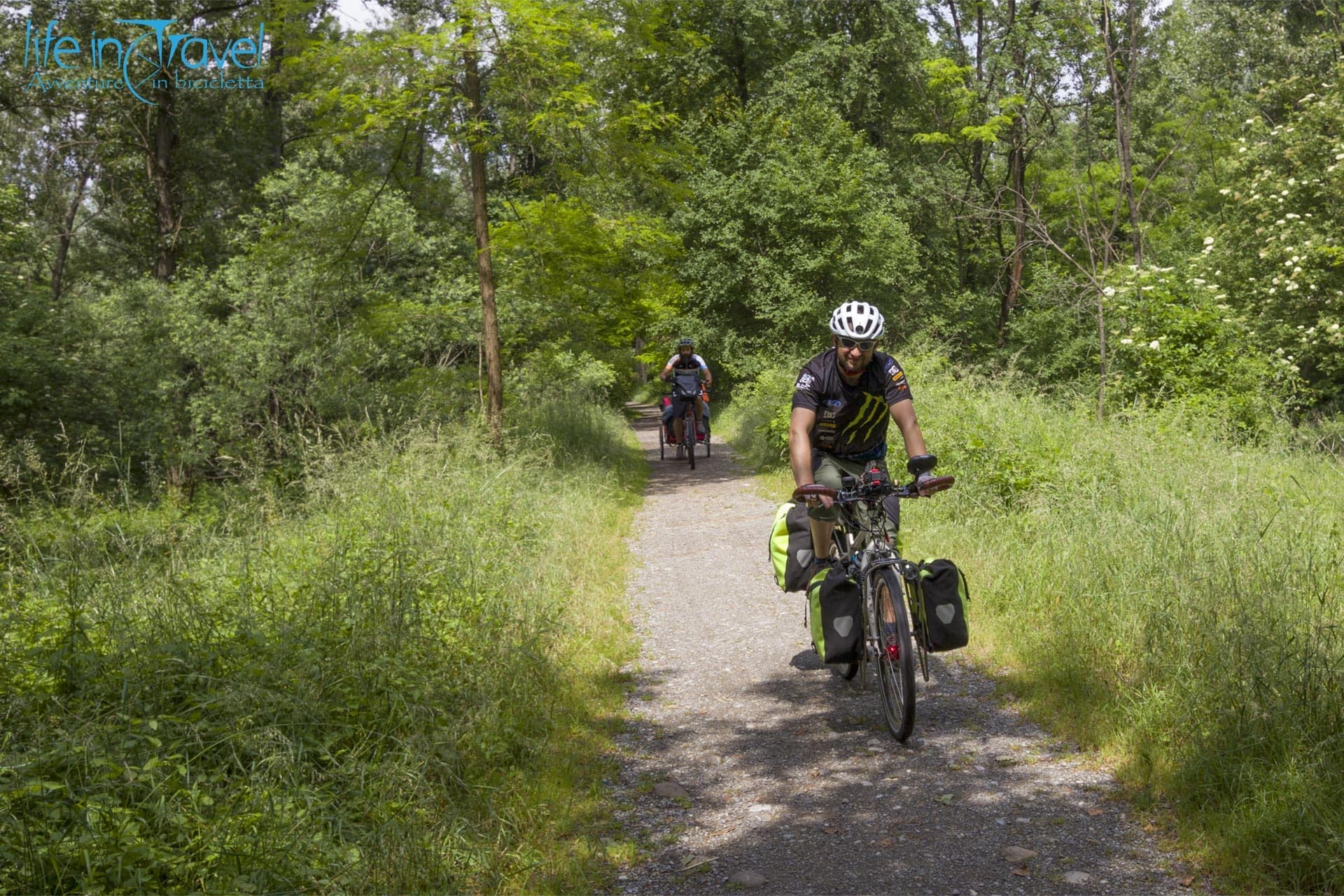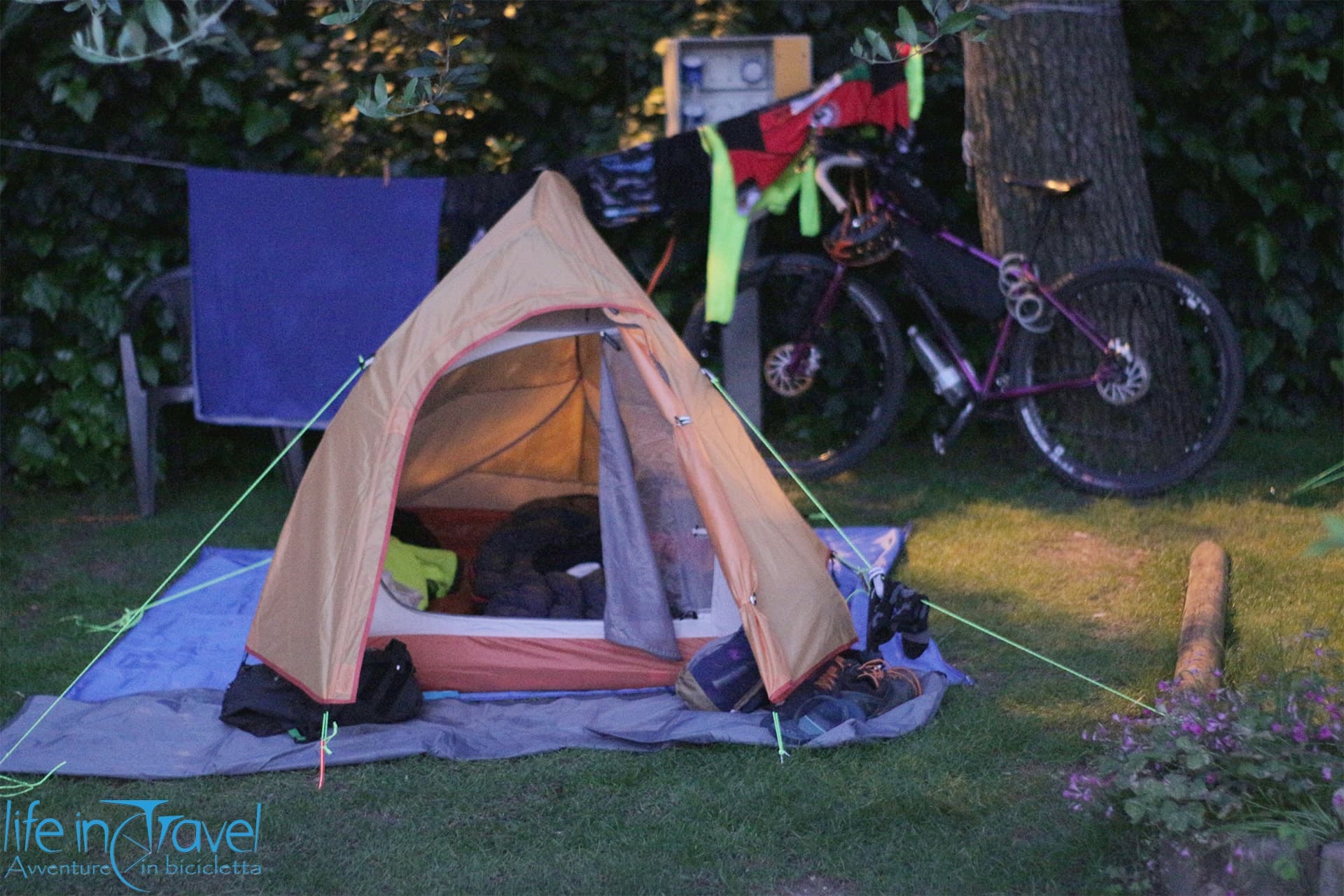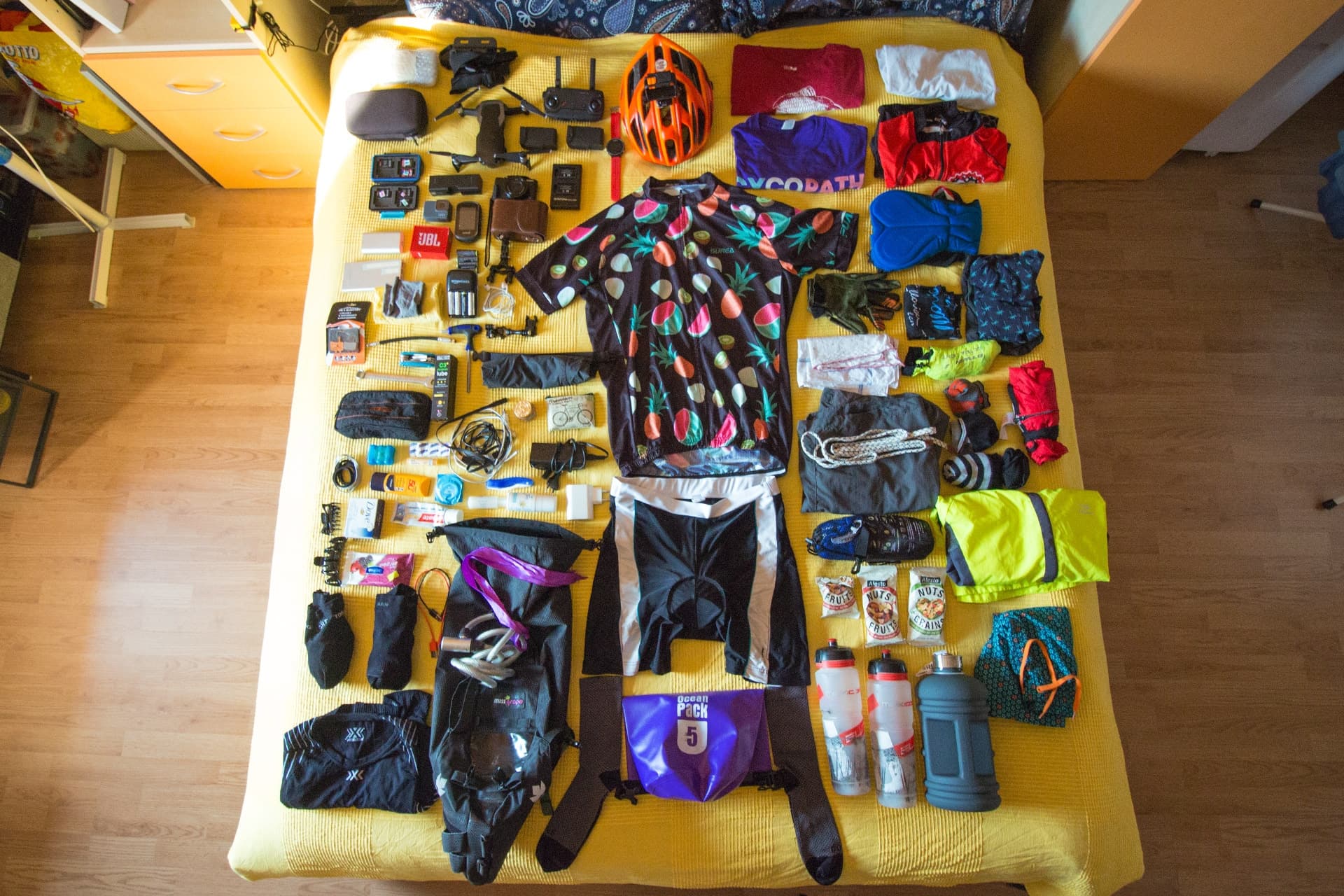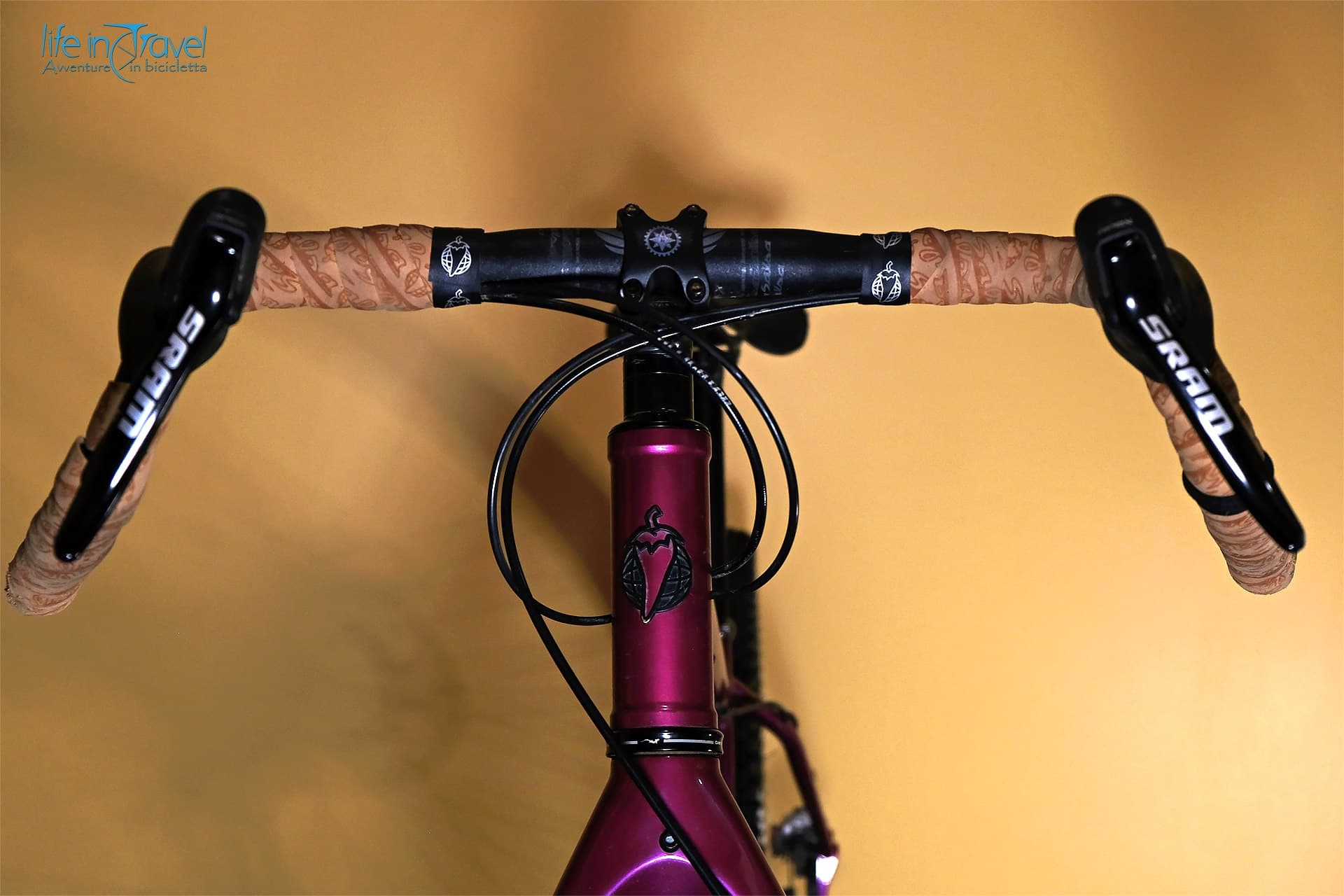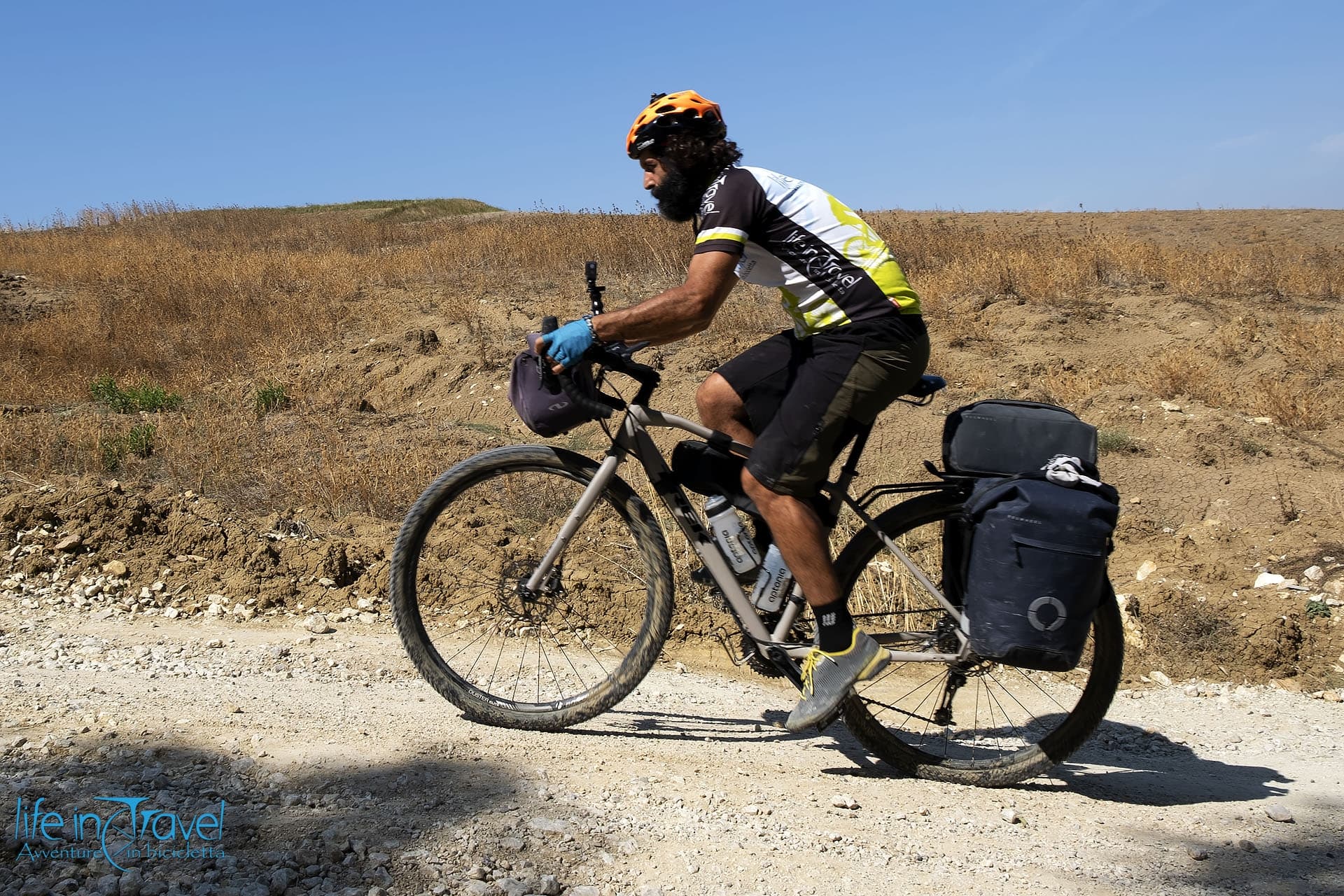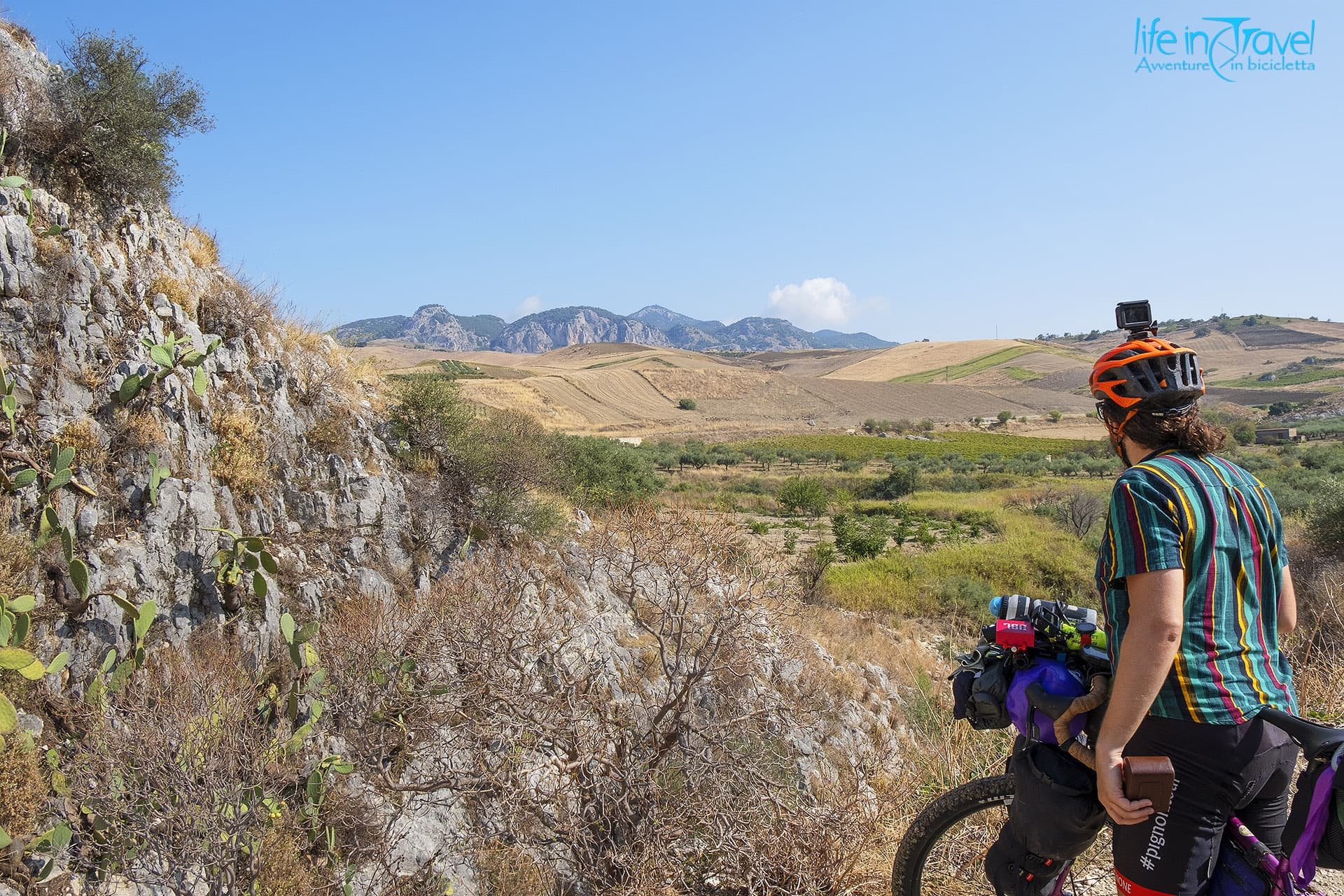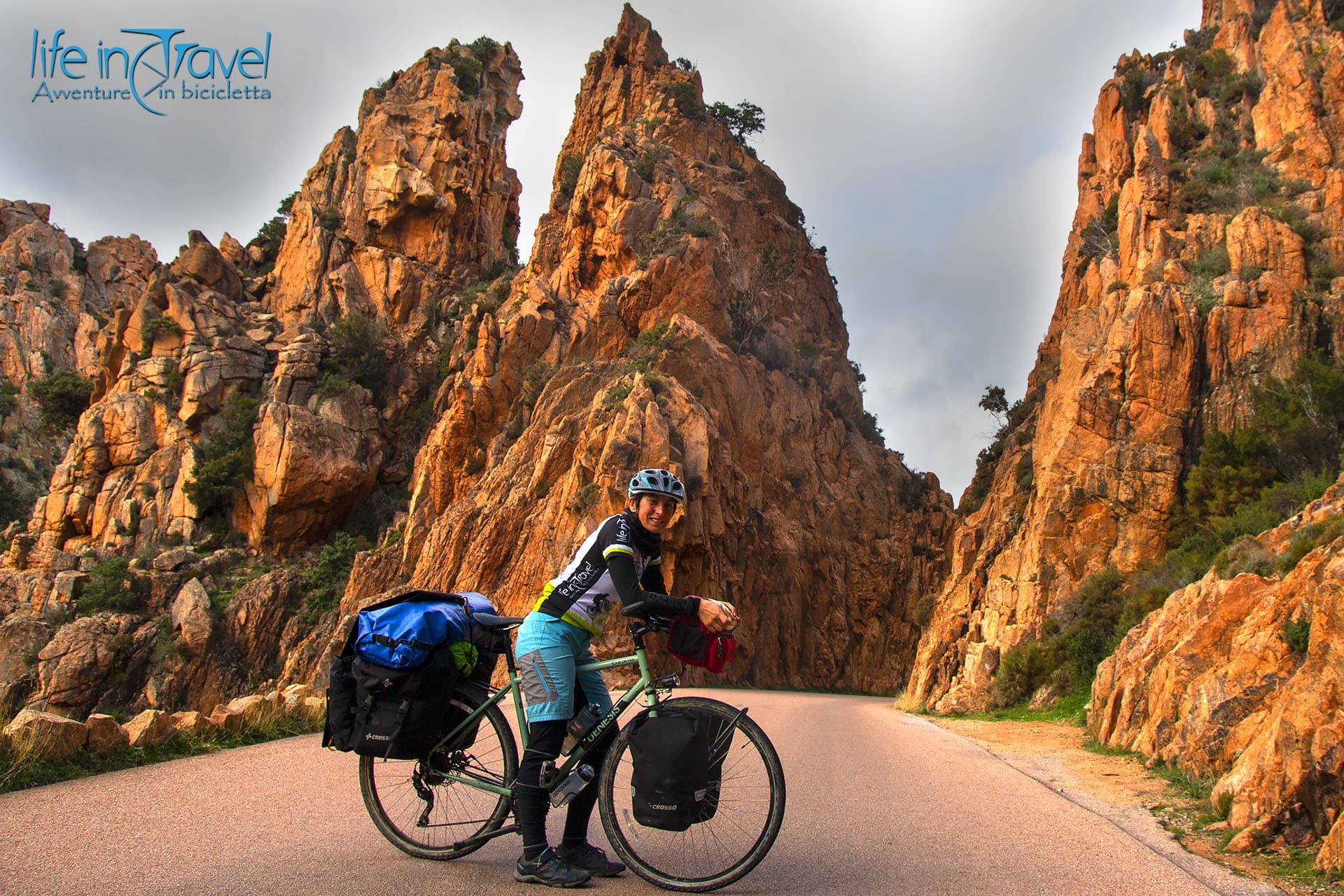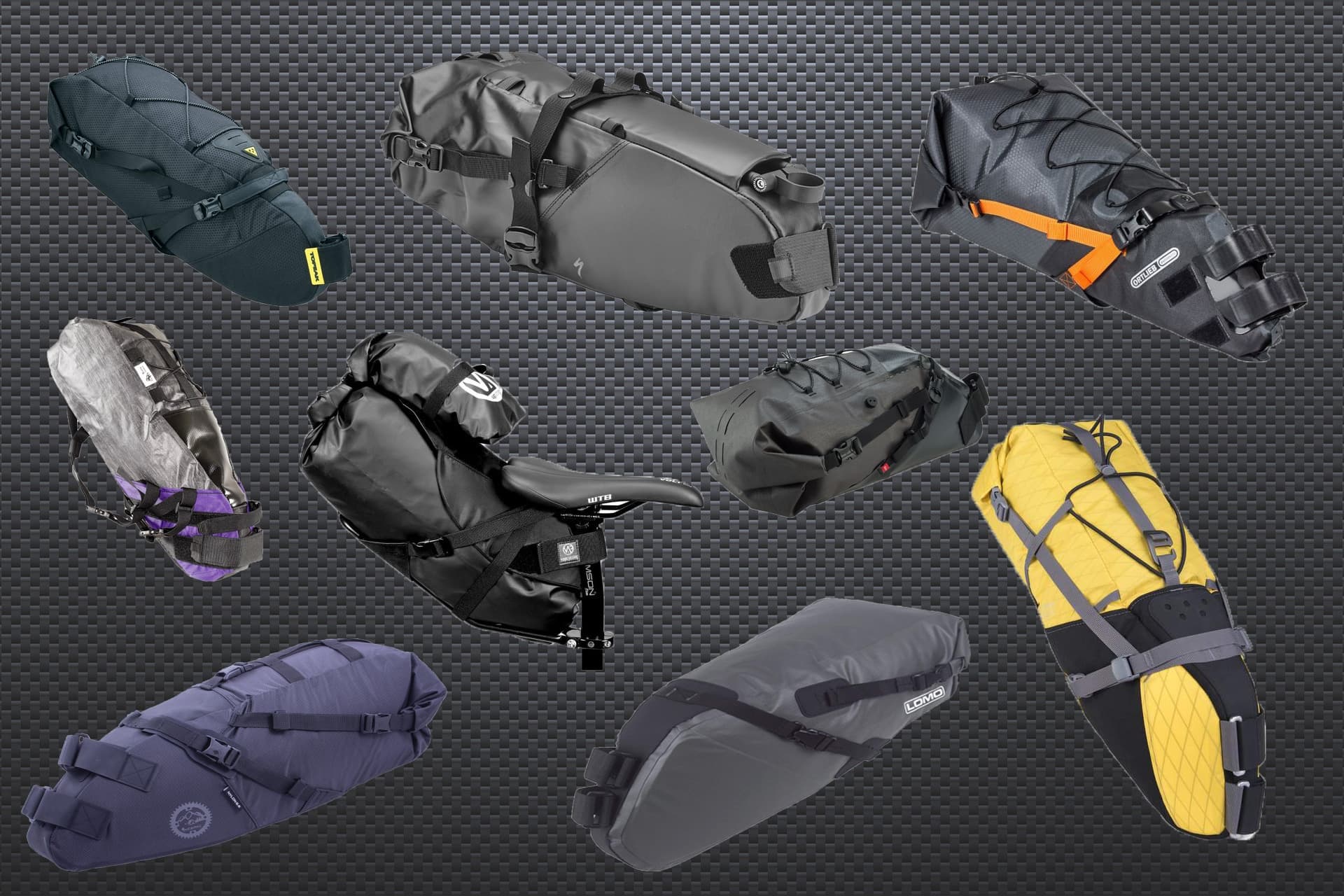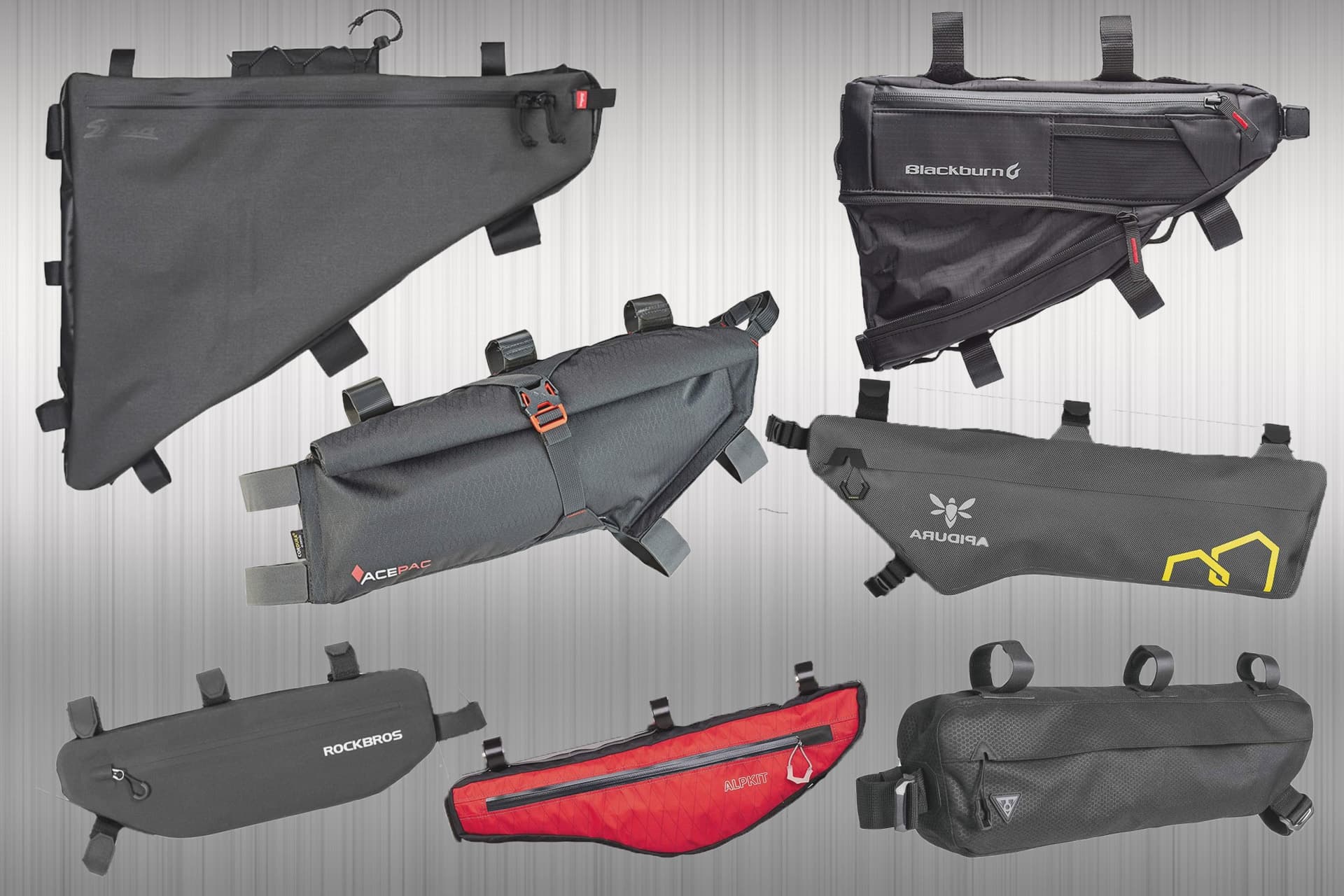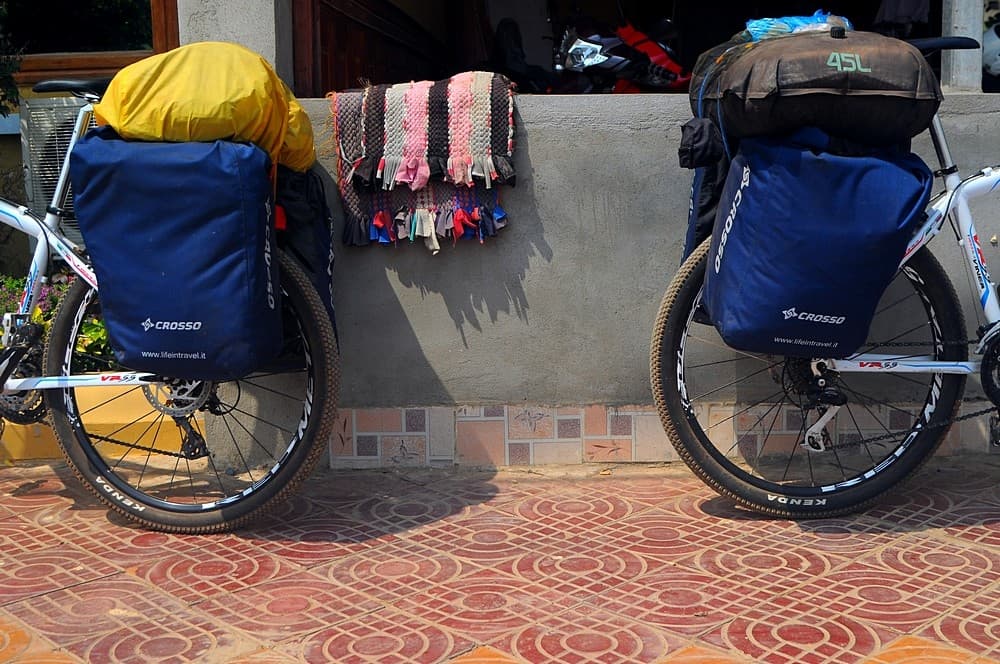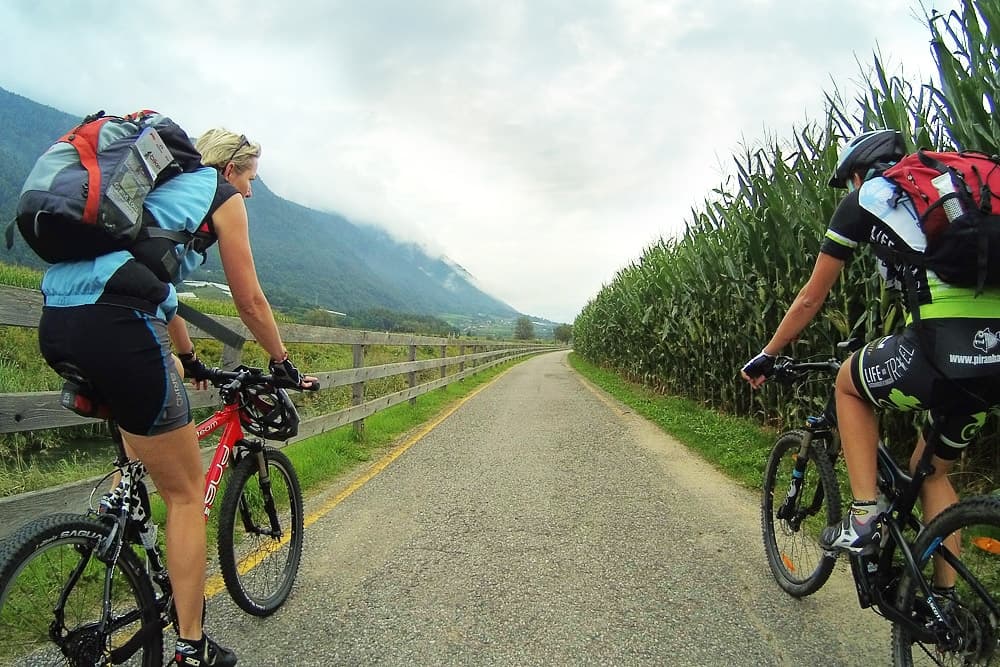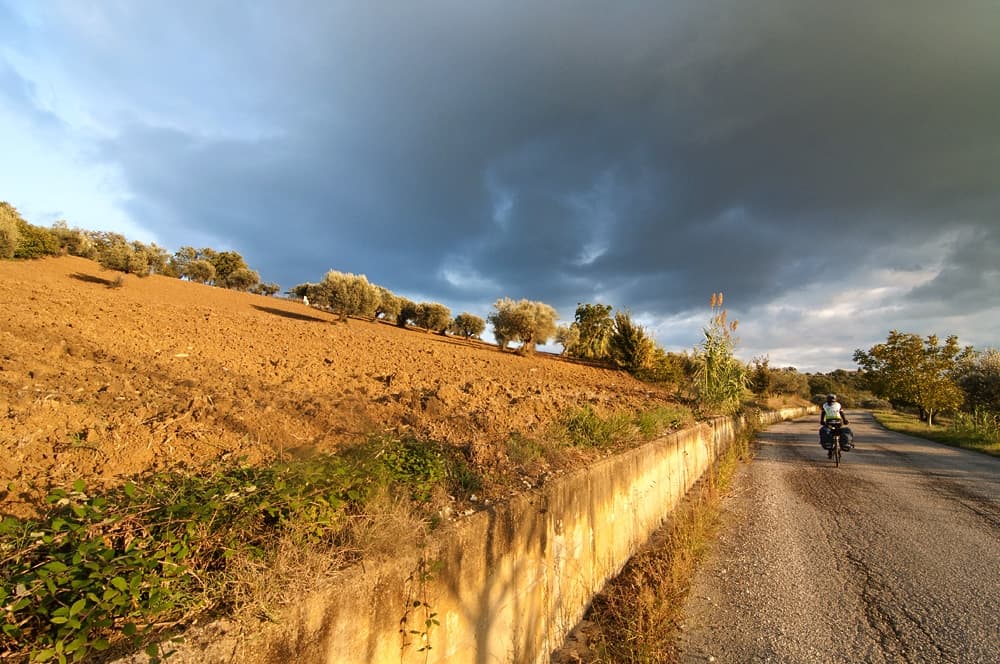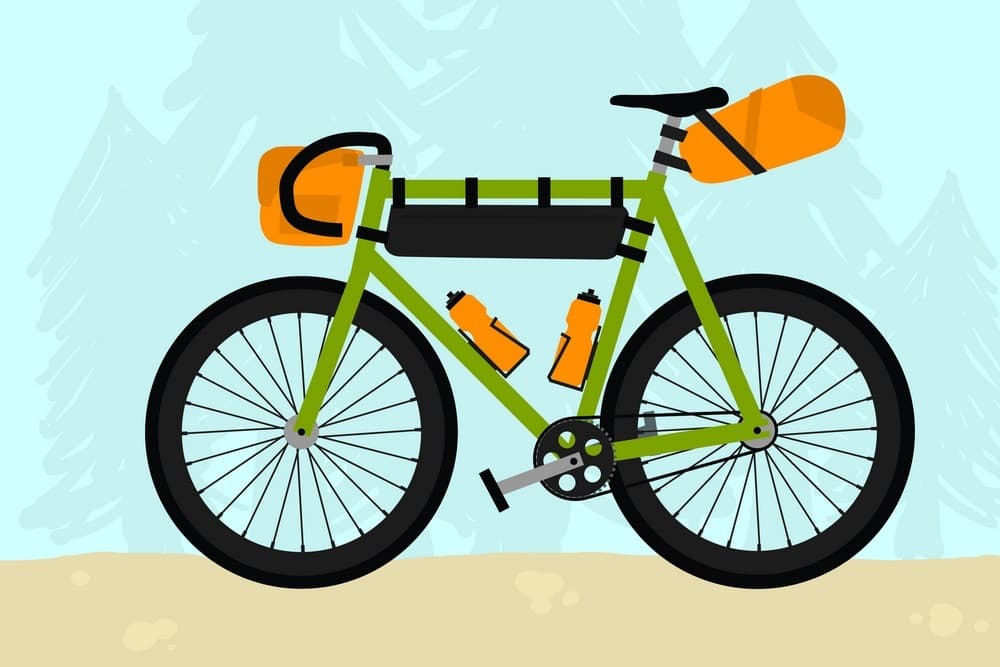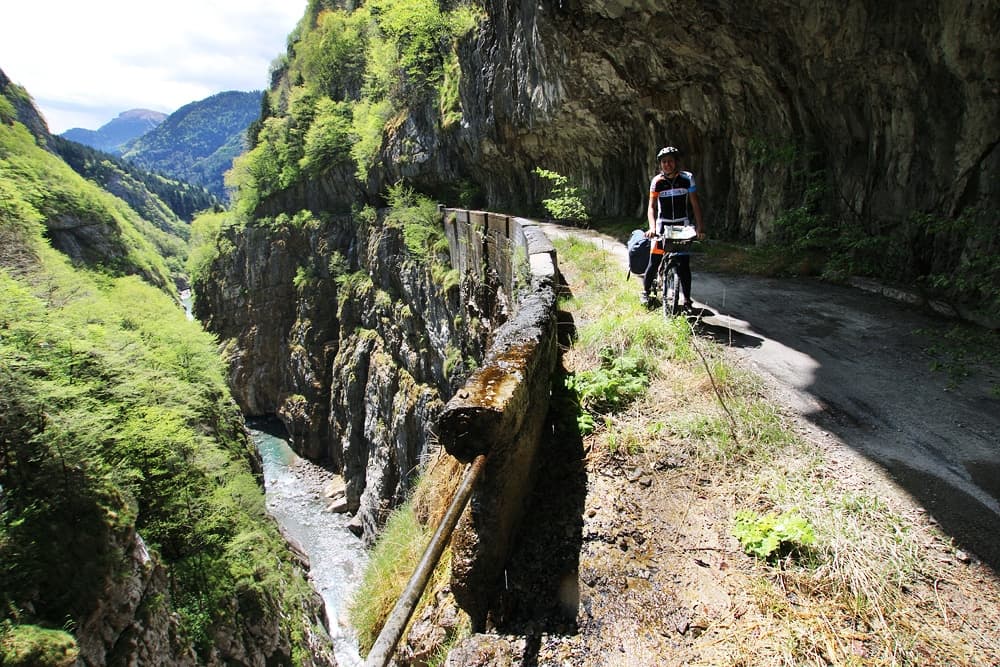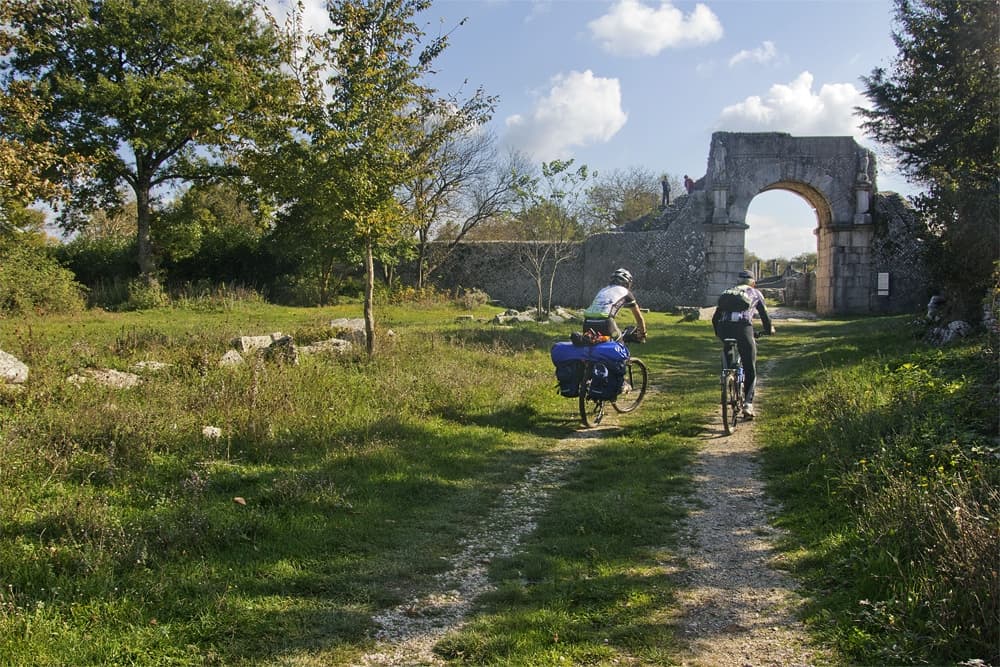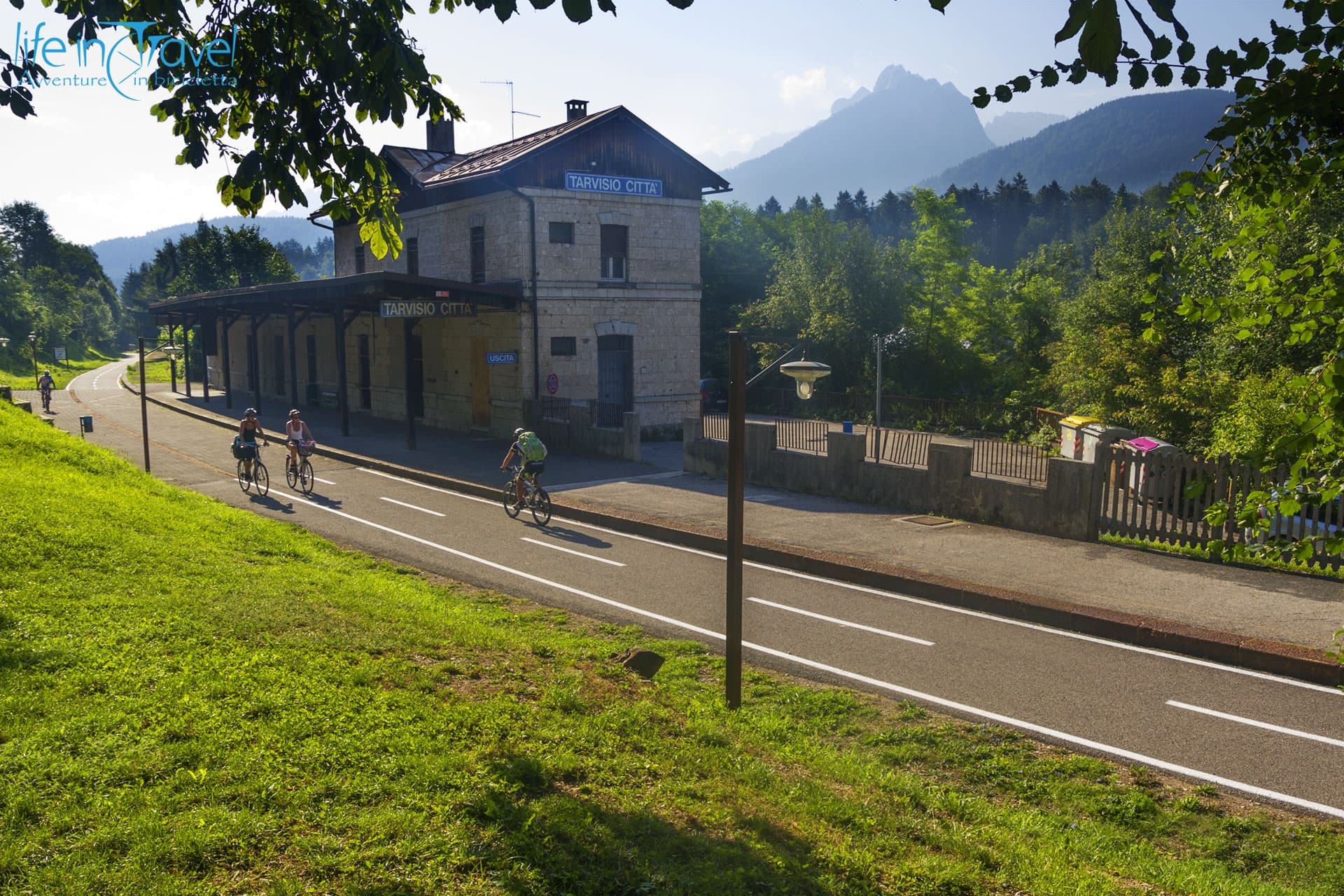Which are the best foldable solar panels for bicycle touring? In the XXI century, let whoever can do without technology during a bicycle trip throw the first stone!
Nowadays, for better or for worse, technology surrounds us and we can hardly do without it, even in bicycle touring. In order to be able to travel in wildlands far from civilization for some days, it is necessary to find an alternative to electricity, to recharge our devices such as smartphones, GPSs, tablets, PCs... One of those alternatives is power banks or, better, foldable solar panels for bicycle touring: let's see how they work and most importantly how many alternatives we have on the market, in order to choose wisely depending on our needs.
Energetic independence
Foldable solar panels for bicycle touring or other options to be energy indipendent? Bicycle touring is, for the majority of us, an escape from the daily grind and the search for some quiet and slowness, far from the busy days which run fast. We
look for an itinerary into nature, following our needs and looking to isolate and leaving behind all our thoughts and problems. We usually try not to carry too much, either not to weight too much, or to be a little more free from the things we own. Nowadays it is still hard to play this game without our technologic devices: even if we try to carry less than the usual, we can hardly live without our precious smartphone or our cameras to captures the moments we live on the road. These accessories require power in order to work, and if we want to be
off the grid for a while, we'll have to find a solution and an alternative power source. I've already treated the possible
dynamo hubs with USB charger and how to use it. Today we'll see the other main alternative: portable solar panels, focusing on
outdoor and bicycle touring foldable and portable solar panels.
Why portable solar panels for bicycle touring?
The main alternatives in order to charge your digital devices are:
- external batteries and power banks;
- dynamo hub with USB charger;
- portable solar panels.
These three possibilities ought to be considered depending on your specific needs. Using
external power banks might be optimal for daily or weekend journeys, because of their limited duration.
Dynamo hubs with USB charger could be great for independence but only if you don't have to charge a laptop or a notebook, which usually do require much more power. Last but not least,
foldable solar panels could be the best solution for more adventurous (but still connected) travellers, which need good freedom.

Logically one option does not exclude the others. On the contrary, I think it's better to try and integrate them, to obtain the best solution for your specific needs.
How to choose your portable solar panels
During these last years, technology made great progress in the field of solar panels too, and solar chargers are now lighter, thinner, more affordable, more efficient and more trustworthy. We personally own some solar panels, but they are already 10 years old and more than their weight, they struggle to offer high performances, so it's time to get them retired... that's why I started to research online in the first place, in order to understand the market and the offer!
Choosing the right foldable solar panel depends obviously on your needs and the type of journey you are going to face. There are many sizes, shapes, prices and styles. Closed with velcro, connected through snap-hooks, pocket-sized, to connect to the backpack... well, now that you're confused, let's try and make some order.
Before choosing it is my duty to make a foreword about the basics: the most important parameter to consider is the solar panel wattage, so its electric power (depending on the tension and the intensity of power). Generally, to charge a smartphone you need 4-5 Watts or more for newer phones. For a laptop, you'll need at least 12-14 Watts, with an accumulator and an inverter in order to convert the current from continuing to alternating. Fortunately on the market today you can find kits with all these very complicated trinkets.
Shortly, in my opinion, don't only consider the smallest solar panels, because just with a few more grams and cubic inches, you can buy a whole kit, able to charge faster and more devices at once, so my advice is to consider at least 10 W or more solar panels. Also, the amperage (current intensity) is important to better recharge your electronic devices. So, a USB port with a 2.1 amperage is better than a 1.3 one.
How to charge your devices
The solutions to use camping solar panels are mainly three:
- Portable solar panels only, either flexible or mono-crystalline
- Solar panels with integrated battery
- Portable solar panels with external battery (separated)
In the first case, you'll have to connect your devices directly to the solar panel USB port and they'll be charged directly. In the second, the panel charges automatically an integrated battery which can then recharge (even without the sun) your devices. In the third, the panels are connected to an external battery pack, which you can use to charge the devices.
All these solutions present advantages: the first solution allows you to have a more efficient charge and not to lose any current, but you'll have to carry your solar panel opened and leave the devices connected all day long. The second, ideally, is the most efficient one, but you have to consider the cost (usually higher for a solar panel with integrated battery) and the accumulation capacity of the battery itself (which is not always high). The third case is the right middle way: you can charge an external battery pack (you can find not so expensive ones up to 15.000-20.000 mA) to then charge your device/s whenever you want and when you need it.
6 foldable solar panel models to buy
There are two types of portable solar panels:
- PET flexible panels: lighter and adaptable, but less efficient and durable
- Monocrystalline panels: heavier and bulky, but durable and trustworthy
Below I decided to create a list with a selection of the best camping solar panels on the market and which I'd choose. There are some lighter and smaller, but I chose to select only panels from 20W, in order to have a good recharge capacity... under this value, I'd personally use a dynamo hub. There are some companies with a wide catalogue, but here you'll find just one product per company... depending on your needs I suggest checking their official website in order to find more alternatives. Here are the foldable solar panels I chose:
Solar Panel
Weight
Size (closed)
What can you charge?
Anker PowerPort Solar 21W
420 g
28x16x3 cm
Smartphone, GPS, Action Cam, Powerbank
Rav-Power 24W
750 g
30x0,5x16,5 cm
Smartphone, GPS, Action Cam, Powerbank
BigBlue 28W
585 g
28x16x2,8 cm
Smartphone, GPS, Action Cam, Powerbank
Power Traveller Falcon 40W
910 g
29x29x1 cm
Laptop, Ipad, Tablet, iPod, MP3, GPS, Powerbank
Goal Zero Nomad 20
1100 g
21x33x2,5 cm
Laptop, Smartphone, Tablet, Ipad, Action Cam, Powerbank
Tregoo Hippy 40 Extreme
1100 g
60x30 cm
Powerbank, Action Cam, Laptop, Tablet, Smartphone
Anker PowePort Solar 21W
This product has got 3 PET solar panels and a cover with double USB ports where to connect your devices. Its 21W power is distributed between 5V and 3A, with good efficiency (21-23%). USB ports can charge 3A in couple and up to 2.4A per port: this ensures a relatively fast charge. This foldable solar panel Anker PowerPort Solar 21W is compatible with smartphones, camera batteries and GPS devices. It weights circa 420g and it looks like a magazine (28x16x3cm), while when opened it needs a bit more space (67x28x0,5cm): while riding your bike you can place it on your trailer or the rear panniers.
The price of this solar panel is 119,99€ on Amazon.
Rav-Power 24W
This solar battery charger weighs 750g and its size is 84x30x0,5 cm 8when opened), with a declared efficiency of 21.5-23.5%. It's not so small, having 4 parts covered in panels and one dedicated to the cover and a pocket for your devices to recharge. The panels are monocrystalline, covered in a nylon protective layer. It has got 3 USB ports with a 2.4A output per port (up to 4.8A in total) and a special chip distributes equally the power produced to every device connected (even if I doubt that you can charge at the same time 3 devices). On the panel, there are 4 steel holes, in order to hook it everywhere you desire and two mini-USB cables.
The price is
51,90€ on Amazon.

BigBlue 28W
Another great product for quality/price ratio. This solar battery charger is very similar, in price, weight and bulkiness to the other RavPower, but it is slightly more powerful than the "only" two 2.4A USB ports. In this case, you'll find a micro-USB cable, 5 parts (4 of which are panels and 1 for the pocket). These panels are PET with a polyester frame and for steel holes for the hook. It looks a good choice to recharge some devices such as smartphones, action cameras and DSRL batteries.
On amazon it costs 59,99$.
Powertraveller Falcon 40W
After some thinking, we decided to use this product for our last trip. This is not a budget choice, but the price is fair, for the quality of this product. Falcon 40 by the English company
Powertraveller is made of monocrystalline cells folded in three parts. The fourth part is the usual pocket where you can place the devices undercharge. This 40W foldable solar panel is 29x29x1cm circa and weighs 910g. It has 2 USB ports (5V/3A max) and one DC port (20V/1A max). This is the feature and the reason for our final choice in this purchase: we can finally charge a laptop with it, even if the 1A current will cause a slow charge (I cannot deny it, because I've never used it!). In this case, you have 4 steel holes to hook it and in the package, you find a DC cable, a USB to USB-C cable, an adapter USB-C female to micro-USB male, 1 car charger, 2 snap-hooks and 10 laptop pins.
Powertraveller Falcon 40W is a new product, and on Amazon,you can find it for 258,95$ while you can buy its younger brother (1 USB and 1 DC) Falcon 21W for 171,00$ (for now), which I think will be cheaper, due to the price of the 40W model.
Goal Zero Nomad 20
Despite its younger brother Nomad 7 has been criticised on another review, I quote this panel by one of the most known companies for this kind of products. Obviously, the cost of this 20W solar panel is pretty high, but the great feature is having a fixed USB port (5V, 2A) and an adjustable one (14-22V, up to 1.3A), so you can charge a laptop. It weighs almost 1.1 kg and the size is 21x33x2,5cm. This company produces many models, which you can choose depending on your needs of power and size.
On Amazon you can find
Goal Zero Nomad 28 from 249,95$
Tregoo Hippy 40 Extreme
This is another great company in the field, and that's the reason why I chose to add its Hippy 40 Extreme in the list, even if I'm not so sure it's suitable for bicycle touring. The 40W solar panel with monocrystalline cells is 60x30cm when closed and doubles when opened (66x60cm), weighting 1.1 kg. The output is a 5,5mm coaxial cable (16V - 0/2,5A) and can be connected to an external battery (the same company produces some). The weight and the bulkiness are a limit, but it should be working perfectly.

If you know other foldable solar panels for bicycle touring and outdoor activities, please let us know down below in the comment section! We'll be happy to try and review them for you!








